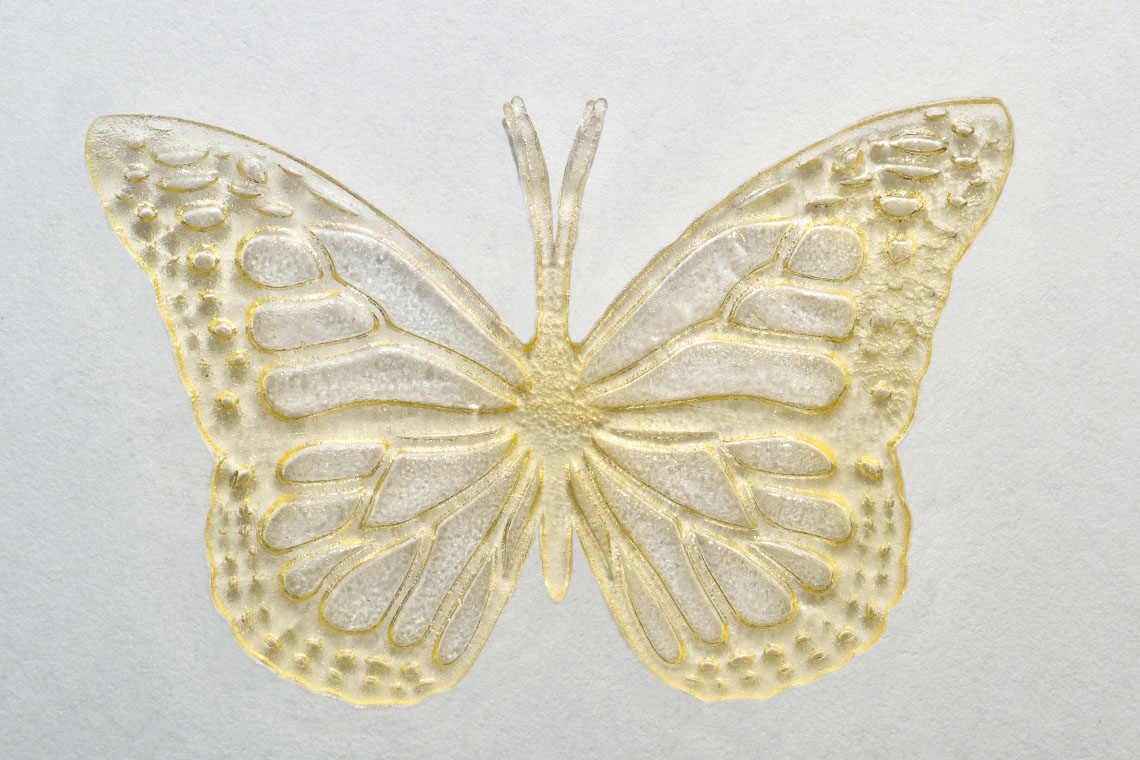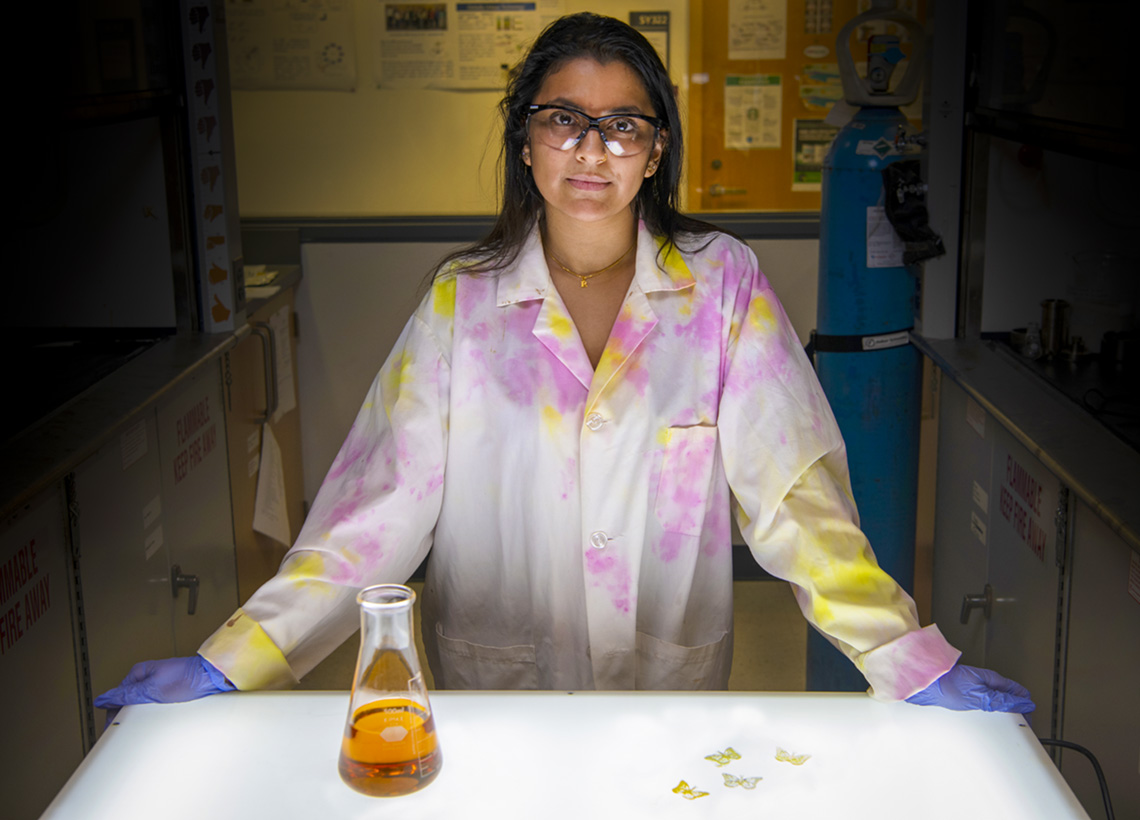A team from the University of Toronto, Scarborough (UTSC) have formulated resin for Stereolithography (SLA) from excess McDonald’s cooking oil.
In an effort to reduce waste and establish sustainable materials for high-value commercial 3D printing resin, the oil was processed using a one-step chemical method to create high-resolution objects with features down to 100 micrometers. These parts displayed thermomechanical stability, morphological homogeneity, and biodegradability when compared to commercial resin.
“The reasons plastics are a problem is because nature hasn’t evolved to handle human-made chemicals,” said Andre Simpson, a professor at UTSC’s department of physical and environmental sciences and lead author of the research published in ACS Sustainable Chemistry & Engineering. “Because we’re using what is essentially a natural product – in this case, fats from cooking oil – nature can deal with it much better.”

Pouring oil on troubled resin
Resins derived from cooking oil have been explored as an environmentally-friendly and cost-effective alternative to materials used within used in SLA processes. According to the UTSC researchers, waste cooking oil is directly discharged into the sewage system which clogs sewage lines. “As the world’s largest fast-food chain, with more than 10% of the global market share, McDonald’s is estimated to produce more than 600 tons of WCO per day,” the study states.
Therefore, oil from Scarborough-based Mcdonald’s restaurants was retrieved and put to use using additive manufacturing. A simple one-step Michael-addition-type reaction was employed to perform acrylation on one liter of oil while using to make 420 ml of resin. This was then used to fabricate a plastic butterfly that demonstrated structural and thermal stability.

Natural resources for 3D printing
Most of the chemicals used to make the oil-based resin were also found to be recyclable. The researchers believe this could be made for as low as $300 per tonne, which is cheaper than conventional fossil-fuel-based resins which cost upwards of $525 per liter. Professor Simpson explained:
“If you bury [this material] in soil, microbes will start to break it down because essentially it’s just fat. It’s something that microbes actually like to eat and they do a good job at breaking it down.”
“Direct Conversion of McDonald’s Waste Cooking Oil into a Biodegradable High- Resolution 3D Printing Resin” co-authored by Bing Wu, Atiqurrehman Sufi, Rajshree Ghosh Biswas, Arika Hisatsune, Vincent Moxley-Paquette, Paris Ning, Ronald Soong, Andrew P. Dicks, and André J. Simpson.
Think this is award-winning research? Nominations for the 2020 3D Printing Industry Awards are now open.
Keep up to date with industry-relevant financial reports this season by subscribing to the 3D Printing Industry newsletter, following us on Twitter and liking us on Facebook.
Seeking jobs in engineering? Make your profile on 3D Printing Jobs, or advertise to find experts in your area.
Featured image shows the plastic butterfly printed from the researchers’ cooking oil-derived resin showed features down to 100 micrometers and was structurally and thermally stable. Photo via Don Campbell/UTSC.

